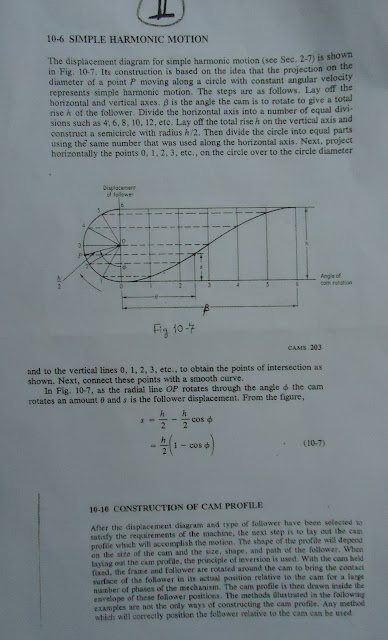If you have any doubts or if you find any errors, please comment. Your help/comments will be appreciated.
BITSAT 2014 Paper Pattern:
BITSAT 2014 is a Computer Based Online Test.
Duration of BITSAT 2014 will be three hours with 150 multiple choice questions
The BITSAT 2014 Question Paper will be divided into four sections:
First section in Physics with 40 questions
Second section in Chemistry with 40 questions
Third section consists of questions to test the candidate’s English Proficiency with 15 questions and Logical Reasoning with 10 questions
Fourth section in Maths with 45 questions
Each correct answer will get three marks each
One mark will be deducted for each wrong answer.
BITSAT online paper free download, sample papers, 2014, 2015, 2016, 2013, 2012, 2011, 2010, 2009, 2008, 2007, 2006, 2005, 2004, 2003 question papers, online sample exam 3 hours, free exam, free download solved papers, pattern, mock tests series, sample tests free computer exam, previous year papers, exam tips, shortcuts, question paper with solution solutions, online test series, mock test papers with solutions etc.









.jpg)
.jpg)












.jpg)
.jpg)













